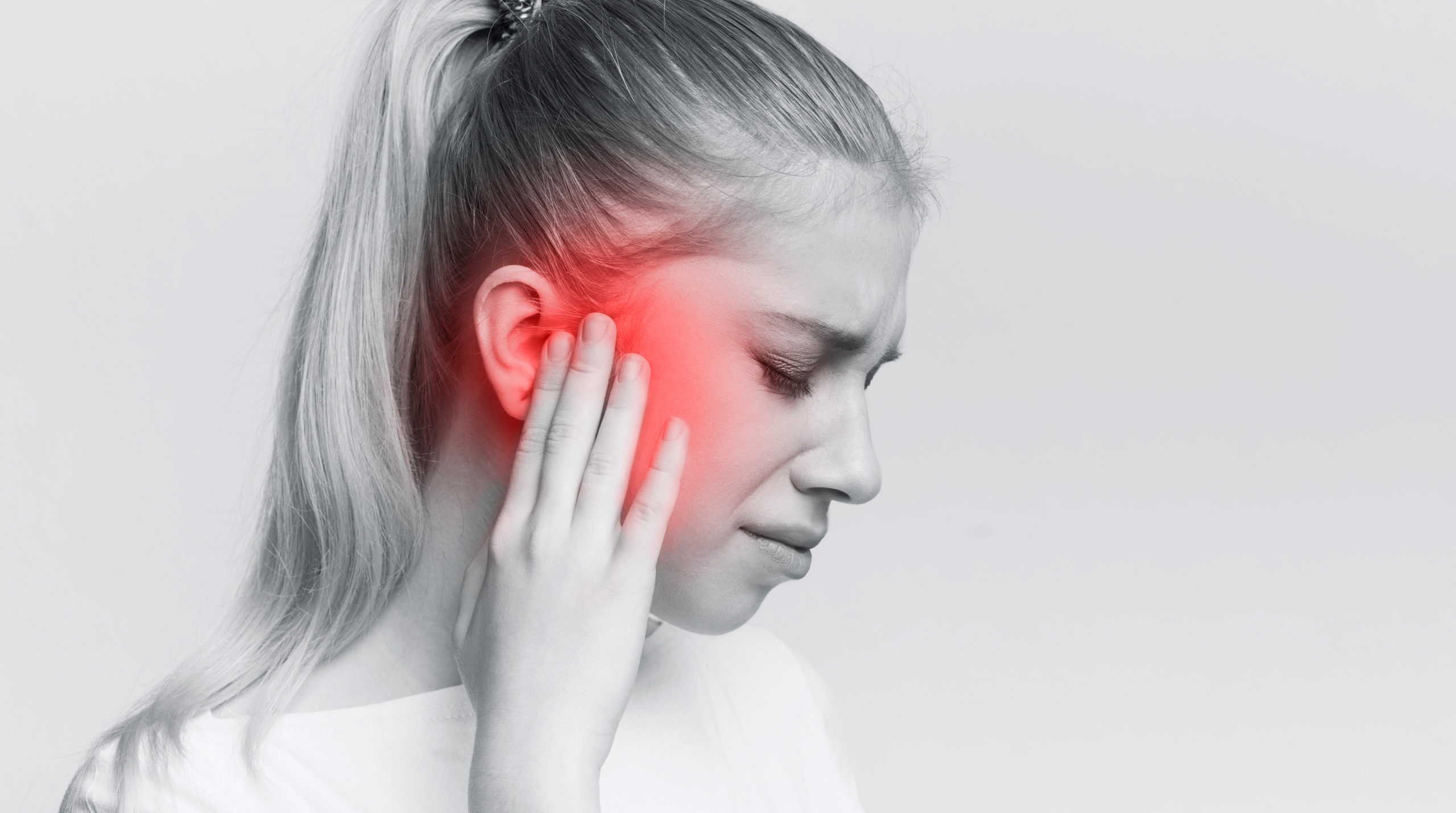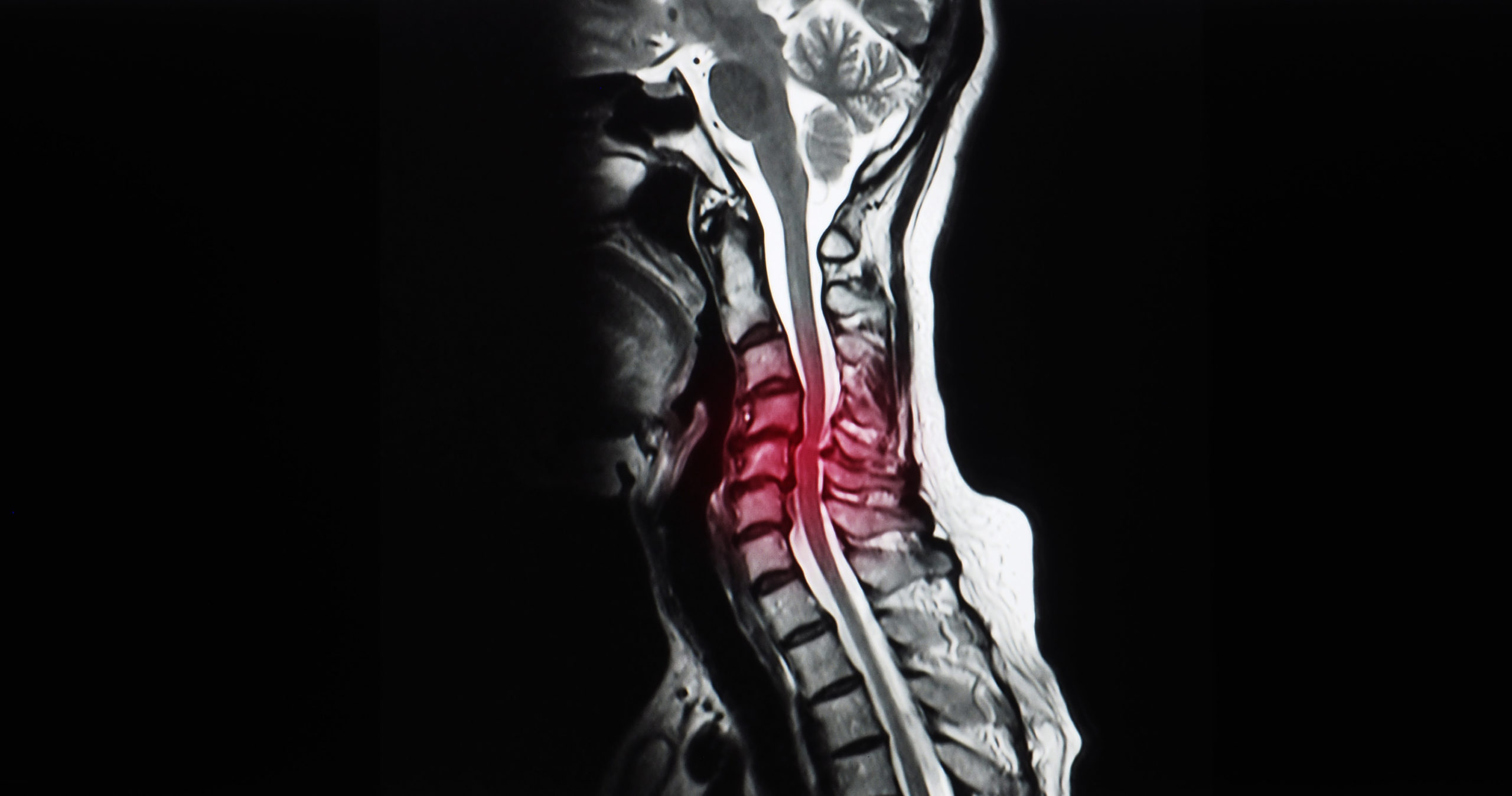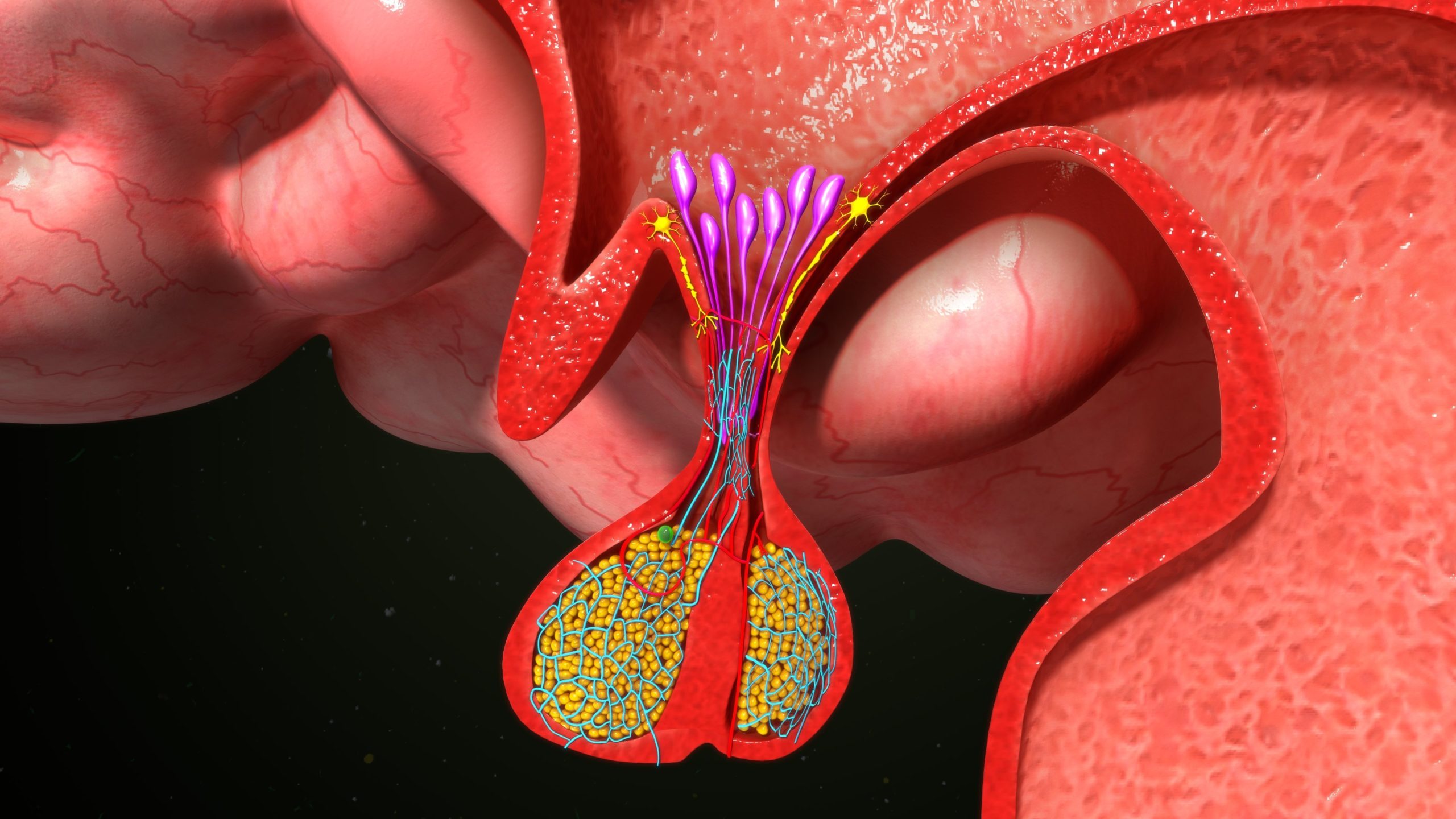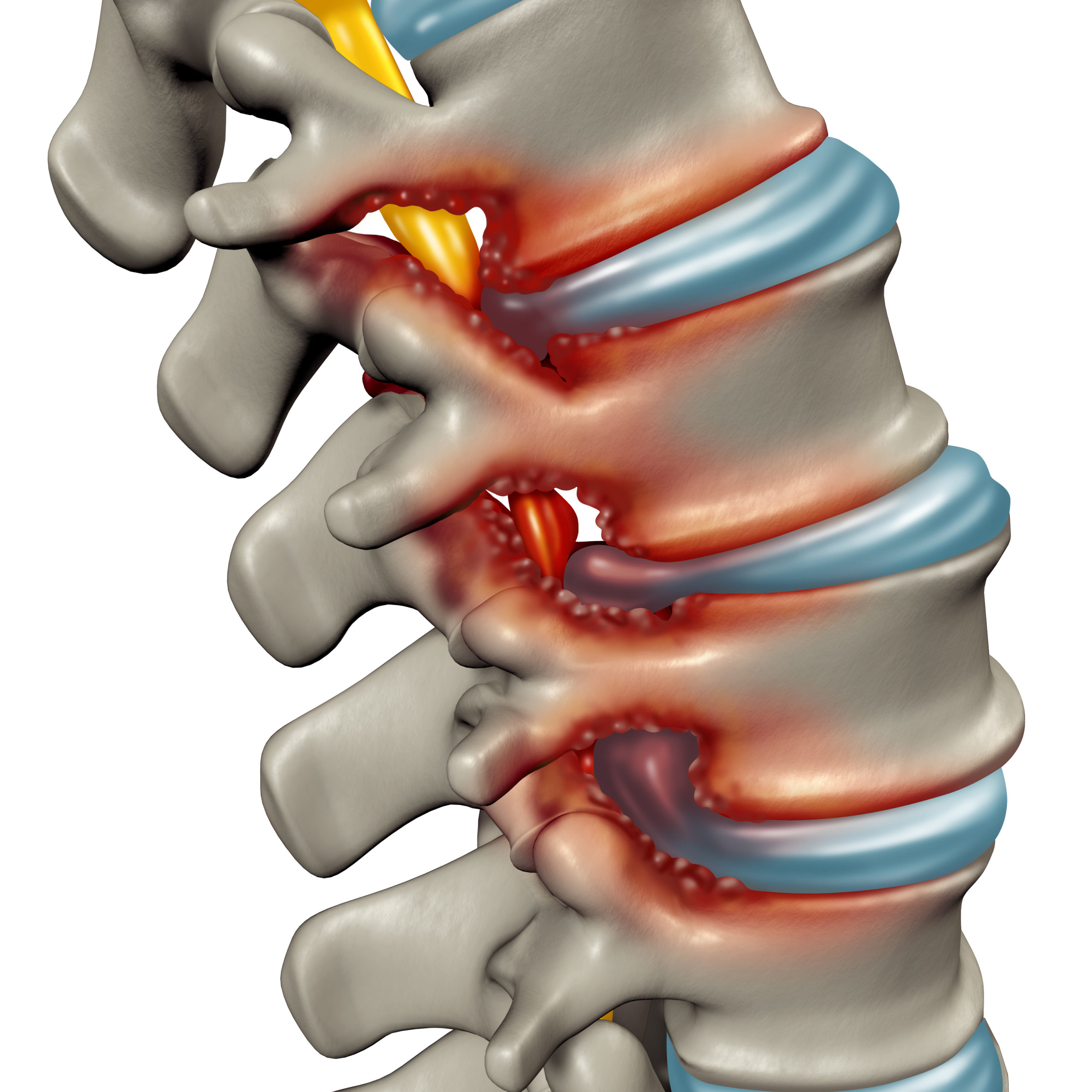
Trigeminal neuralgia
Il pain caused by the trigeminal neuralgia it has many unpleasant characteristics: it is a chronic and sometimes unpredictable sensation, often excruciating and in some cases even burning. Plus, it involves the face, sometimes even both sides. This pain is due toinflammation of the trigeminal nerve.
What is the trigeminal nerve?
Fifth cranial nerve, the trigeminal nerve it has the role of transmitting information received through the face to the brain. As its name illustrates, three other nerves radiate from the trigeminal, joined in Gasser's ganglion:
- il ophthalmic nerve (V1), which reaches the eye, forehead and nose
- il maxillary nerve (V2), which extends from the side of the nose to the cranial menynx, to the area under the eye and to the upper dental arch
- il mandibular nerve (V3), which expands to the jaw and "touches" the roots of the teeth
Another peculiarity of the trigeminal nerve, which explains the impact it can have on the quality of life in case of inflammation, is its "double identity": it has both a root, psychic (the largest), which allows him to affect the sensitivity of the head and face, that of a motor root, which affects in particular the muscles responsible for chewing.
Trigeminal neuralgia: classification and possible causes
It is possible to understand what type of trigeminal neuralgia the patient suffers from by observing the painful symptoms e determining the causes.
- Type 1 (TN1) or trigeminal neuralgia typical, characterized by an intermittent and acute pain, not easily predictable, which occurs especially during the day and increases in intensity over time. In some cases, the specific cause of its development (neuralgia) is not known idiopathic)
- Type 2 (TN2), or trigeminal neuralgia atypical, which manifests itself with constant pain and sometimes accompanied by a burning sensation
- Type 3 (STN): neuralgia symptomatic it is secondary to another pathology
In the case of TN1, often an artery or vein is in the wrong position and causes compression of the trigeminal nerve. Although trigeminal neuralgia can affect people of various ages (one in 25.000 suffers), it usually occurs mainly in women and in general in people over 50 years old.
TN2 neuralgia and TN3 neuralgia, on the other hand, can be caused by a strong stress over time, anxiety or depression contributing to muscle tension, multiple sclerosis, Herpes Zoster (if the virus has reactivated within a trigeminal branch), exposure to cold. More rarely, trigeminal compression can be caused by the presence of a tumor mass, from a malformation in the connection between veins and arteries or from a aneurysm.
Symptoms and Diagnosis of Trigeminal Neuralgia
Since initial symptoms of this condition cannot be identified, other than possibly some form of numbness or tingling in the face, it is not easy to prevent its development. As mentioned, it is pain, associated with an electric discharge, the main symptom of trigeminal neuralgia. A pain that is also rather ambiguous, as it can also no longer present itself for some time and then emerge again.
Although it can occur without apparent stimulation, it is more common to feel pain after touching the so-called trigger point or trigger zone: It is specific points on the face, lips or tongue. Being areas constantly in use in different daily activities, this can happen at any time, even when chewing or consuming very cold or very hot drinks.
These can be short and repeated pangs (even in a number that touches a hundred per day), especially on the cheek near the nose or jaw. These pangs can last from a few seconds to about two minutes and their continuous recurrence it can greatly affect the quality of life, up to favor in the long term depressive states.
This consequence is further likely to materialize if trigeminal neuralgia presents other symptoms:
- pain in the eye and / or ear on the same side of the face
- pain when chewing
- tinnitus
- intolerance to light
- paraesthesia (altered sensation in the limbs)
- muscle spasms
Since the symptoms are not recognizable through instrumental examinations, it is necessary to meticulously analyze the pain from trigeminal neuralgia to exclude the presence of other pathologies. There magnetic resonance it will then be essential to visualize any contact between the trigeminal nerve and blood vessel or tumor mass.
Therapy for trigeminal neuralgia
In most cases (about 70% of patients), therapy to address trigeminal neuralgia is pharmacological. With the consultation of the specialist, they can be hired anticonvulsant drugs (which perform a stabilizing action on nerve membranes), muscle relaxants (which act on the muscles) and antidepressants (both for the neuralgia itself, and to respond to any depression that arises later). To stem inflammation, you can also opt for one cortisone therapy.
If the drugs are not enough to alleviate the pain or generate side effects in the patient, an intervention of microvascular decompression (Janetta's procedure), particularly suitable for those suffering from typical trigeminal neuralgia.
When this type of operation becomes impossible, for example if the patient is in old age or suffers from other pathologies that make general anesthesia risky, it is possible to proceed with percutaneous interventions destructive type, which target the injury or interruption of a part of the nerve.
If, on the other hand, the trigeminal neuralgia originates in other pathologies, it is of course necessary to establish a specific therapeutic path. In the presence of a tumor mass to compress the nerve, it will be necessary to remove the tumor itself. If the pain is instead caused by trigeminal herpes zoster, you must promptly proceed with the intake of antiviral drugs and painkillers.






